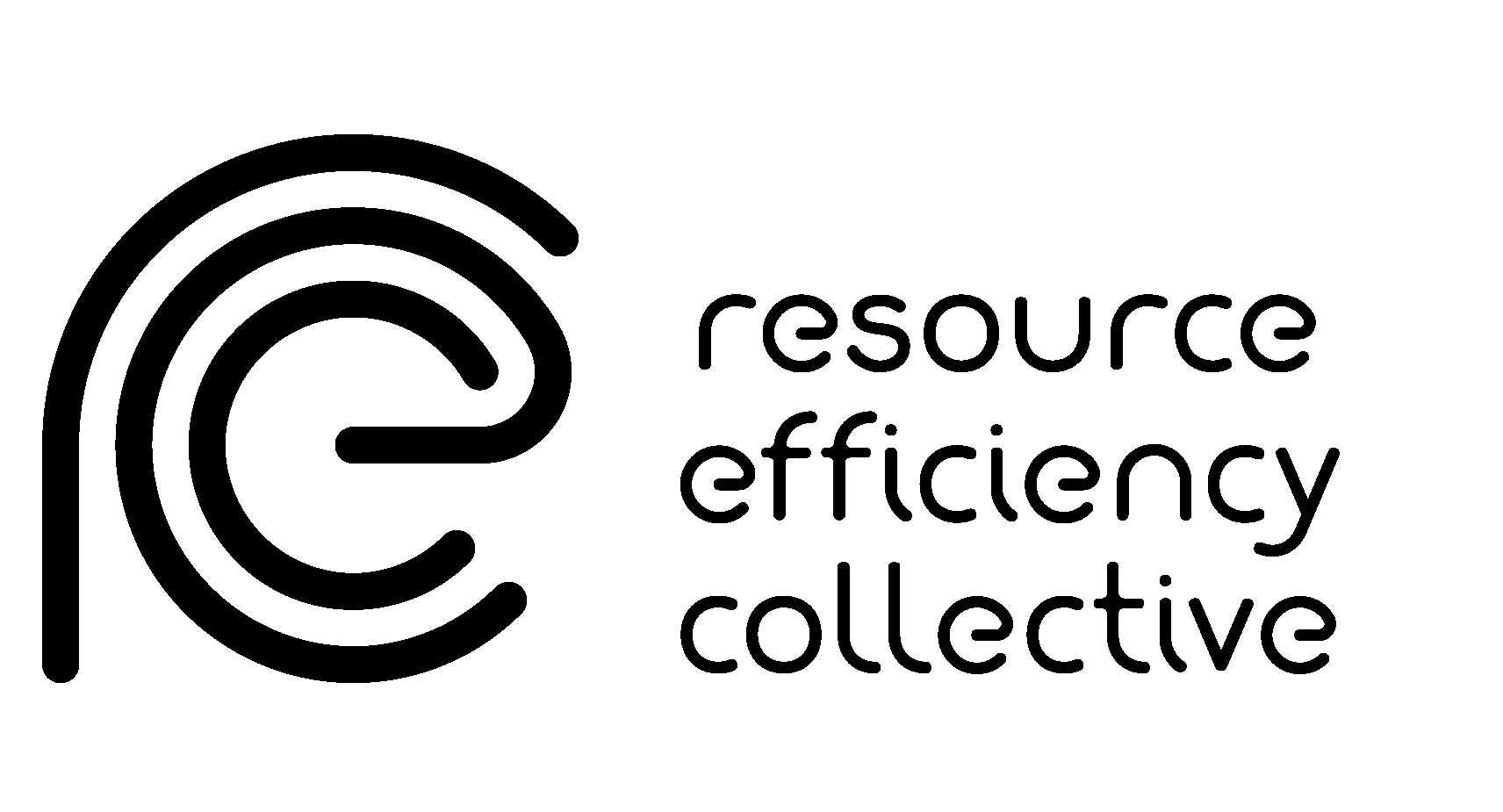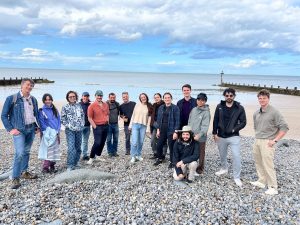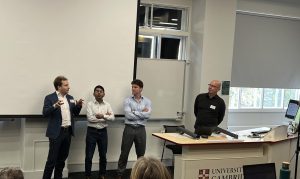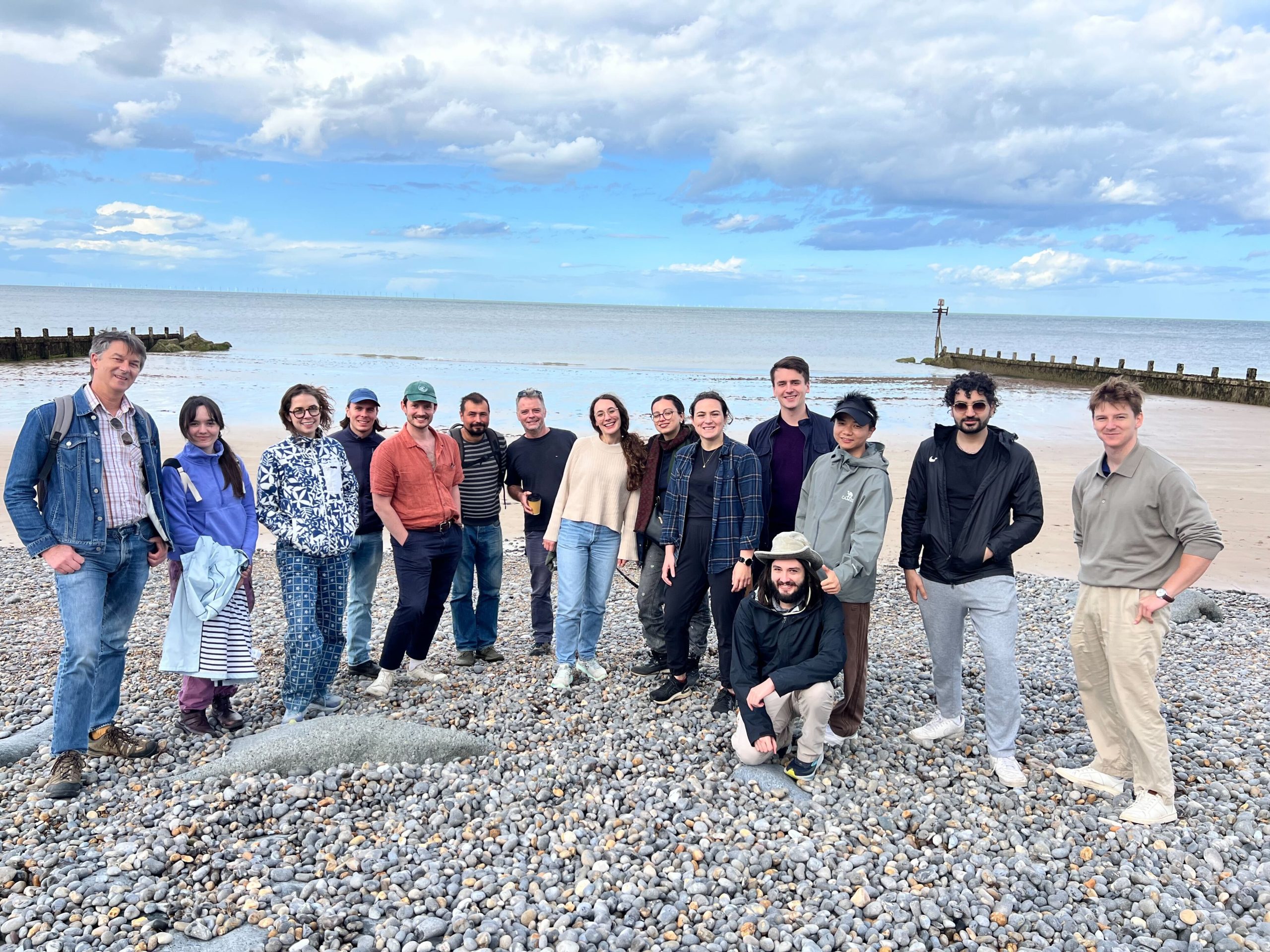Reflections on CCG’s Critical Mineral Showcase
On September 22nd, we had the pleasure of hosting the CCG Critical Minerals Research Showcase here in Cambridge. The event brought together a diverse group of academics, researchers, and government representatives to explore current research and discuss the future of critical minerals.
There were four sessions chaired by Prof. Jonathan Cullen, Prof. Adam Hawkes, and Dr André Cabrera Serrenho. In each session, three speakers, from varying research backgrounds, gave presentations on their latest critical mineral (CM) research to a brilliant in-person audience, as well as those joining us online via livestream.
Session 1: Critical Minerals for the Low-Carbon Transition
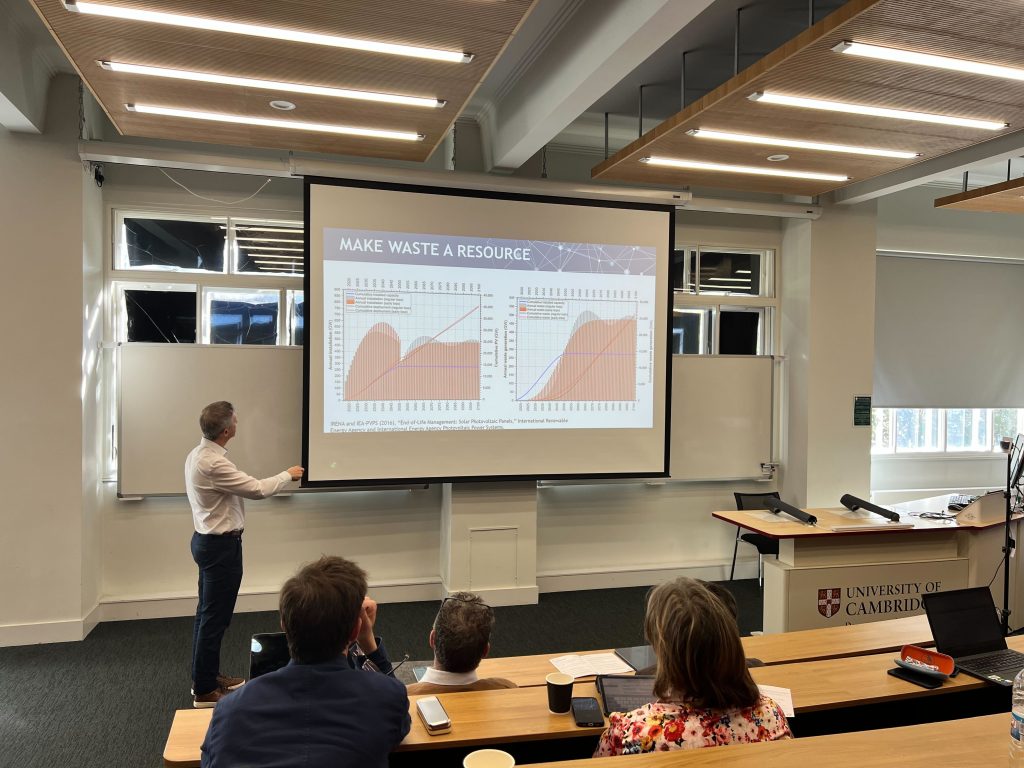
Chaired by Prof. Jonathan Cullen, the first session explored how CMs underpin emerging technologies and the global transition to a low-carbon future.
Dr Philip Mitchell presented Stock-Flow Modelling of UK Lithium Requirements, examining the UK’s growing lithium requirements and how we can maintain UK living standards while reducing emissions. Then, Dr Sam Stephenson discussed global critical mineral demand projections in Our Critical Future – Modelling Future CM Demand in the UK and Globally and focused on the role critical minerals play in a decarbonised or low-carbon future: how the demand for critical minerals is subject to the type of future we enter into. Lastly, Prof. Matthew Davies presented Next Generation Solar – Transforming Energy Access, Critical Raw Materials and Design for Circularity, explaining how Next Generation Solar has the capacity to reduce waste, address supply chain concerns, utilise local materials and equipment, and enable local remanufacturing.
Session 2: Mapping Supply Chains: from Mine to Market
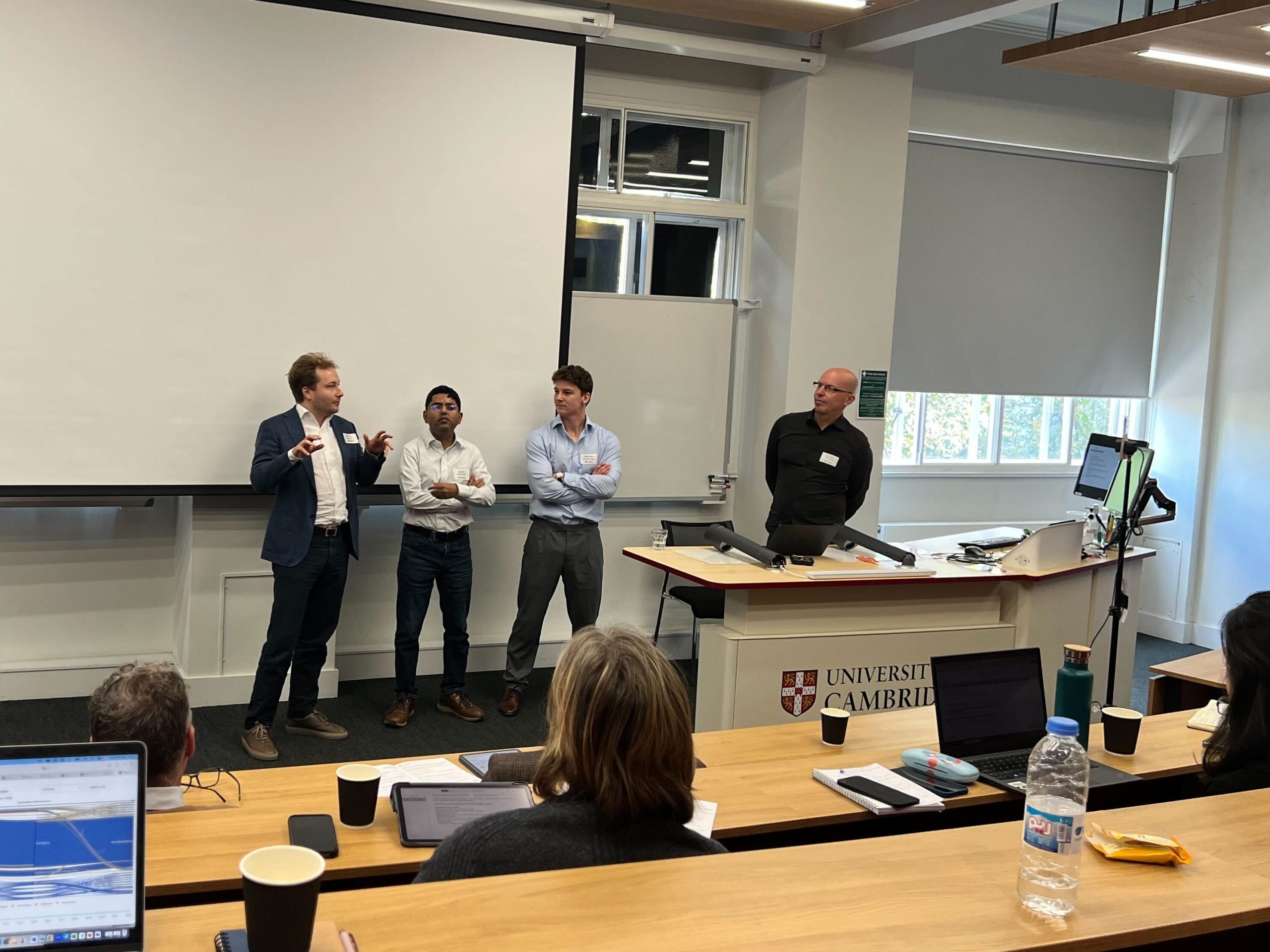
Session 2 was led by Prof. Adam Hawkes and shifted focus towards mapping critical mineral supply chains across infrastructure, logistics, and transport systems.
Dr Matteo Craglia presented Critical Mineral Demands – What Makes a Difference? providing an overview of key CM demand drivers and the changes to demand we can expect in the future. He spoke on the importance of realistic time frames when looking at new technologies and the differences between what we can do to facilitate CM demand now versus what may be feasible in 10-20 year time. Benjamin Adams followed with Mapping Supply Chains to Understand Bottlenecks, looking at the importance of facility-level supply chain models (specifically for lithium) and identifying different methods and particular challenges involved in such mapping. Finally, Dr Raghav Pant’s Transport Network Modelling of Critical Mineral Supply Chains offered a detailed look at supply chains in the transport sector and the use and demands for critical minerals particularly in relation to electric vehicles. He identified areas of risk and proposed research questions aimed at mitigating them.
Session 3: Environmental & Social Impacts, Policy & Governance
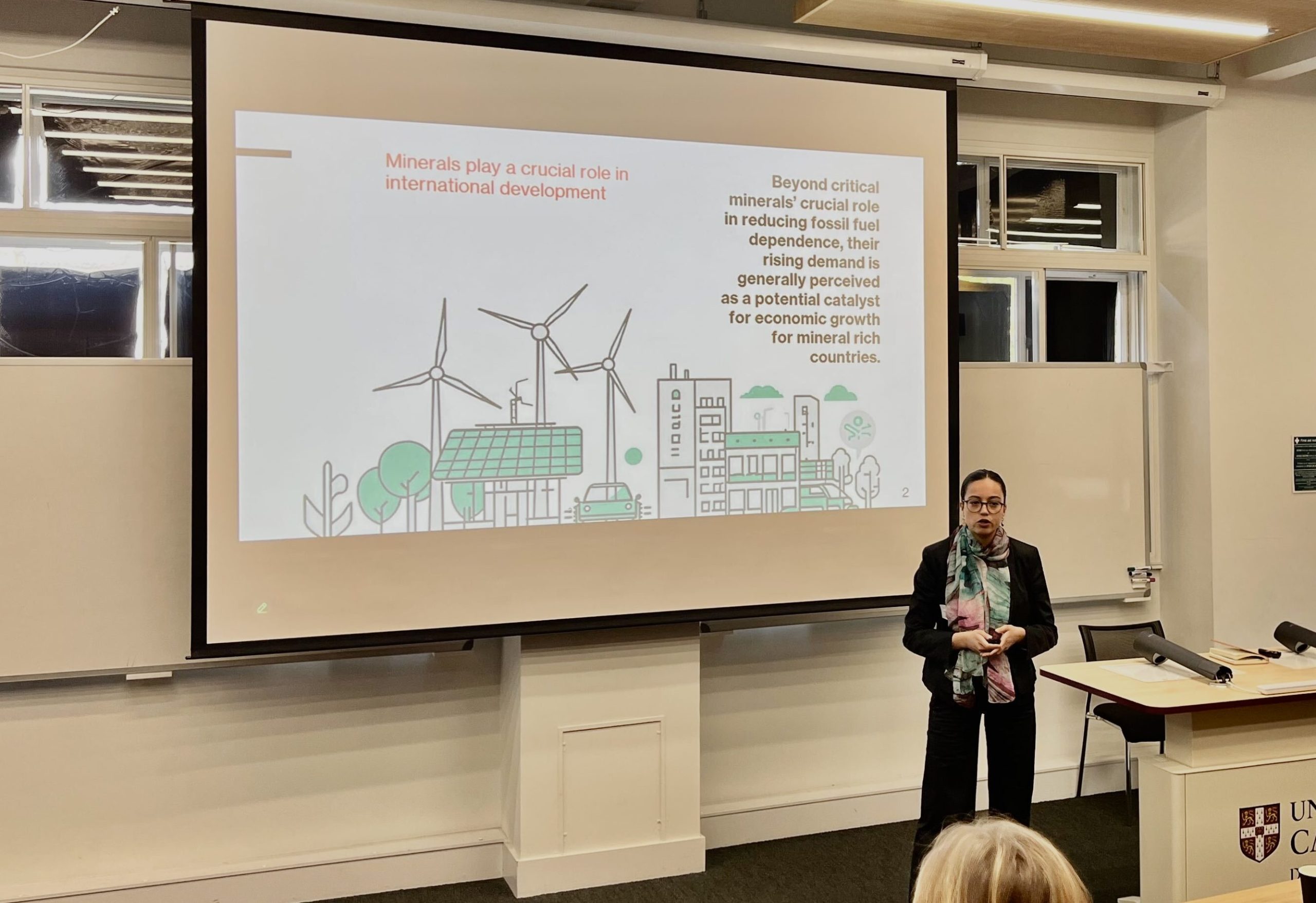
After lunch, Dr André Cabrera Serrenho resumed the showcase with Session 3 focusing on the global implications of CMs in development, governance, and sustainability.
Dr Alexey Noskov began with Integrating WebGIS Dashboards and Risk Factor Analysis – Insights from Displaced People and Critical Mineral Research, presenting on CCG’s Critical Mineral Dashboard (CMD) and Open GIS Software for Resilient Supply Chains. He explained how the CMD was built to make the Open GIS data both accessible and usable, revealing risks in supply chains and supporting future decision making in the critical mineral sector. Dr Brunilde Verrier then discussed Governance and Equity in CM Supply Chains which revealed how effective governance of CM supply chains must balance the growing demand for CMs with ethical sourcing, labour transparency and social equity in order to build resilient, fair and accurate supply chains. The session concluded with Gretel Cuevas Verdin’s Enhancing Value – Strategies for Effective Mineral Value Chain Governance, where she discussed the disconnect between the narrative of critical mineral opportunity and the reality that the critical mineral value chain operates under a captive governance that prevents many mineral rich countries from harnessing value addition.
Session 4: Risk Assessment & Mitigation Strategies
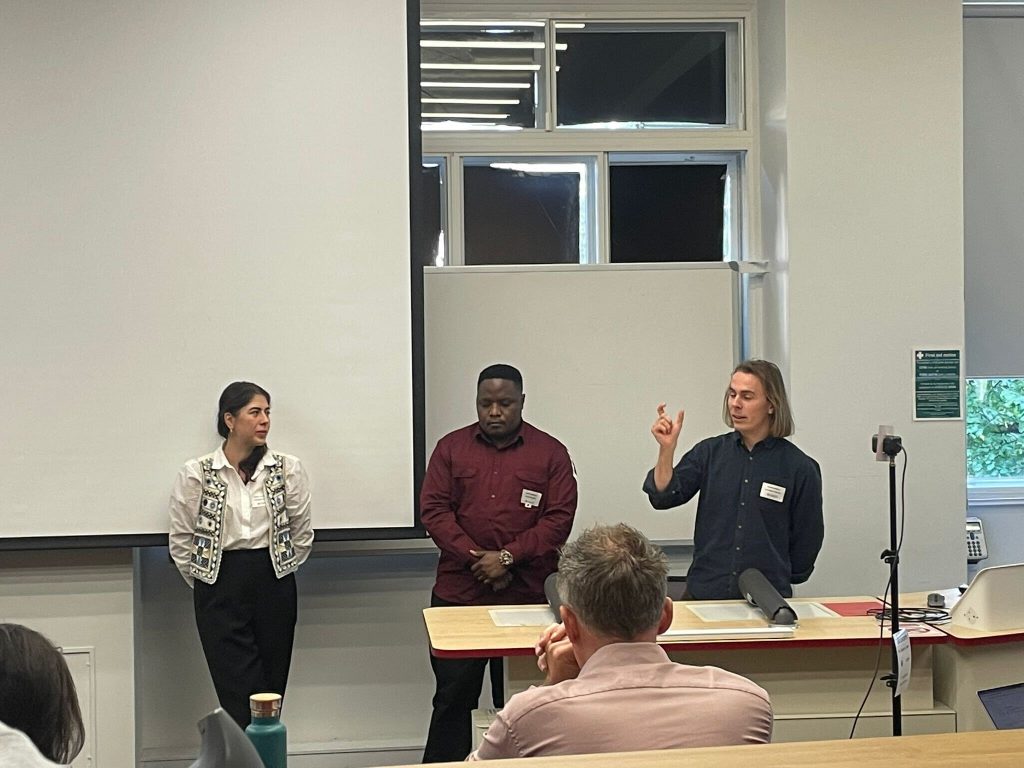
The final session of the day, chaired once again by Prof. Jonathan Cullen, looked towards the future of critical mineral systems with a focus on risk, resilience, and long-term planning. Speakers reflected on previous research, identified gaps in current critical mineral research and presented future strategies and focal areas.
Dr Mehrnoosh Heydari’s Building Resilience in the Critical Minerals Supply Chains explored the rise in demand for critical minerals, the geographical challenges that hinder the meeting of demands, the outcomes of CCG’s Systematic Review of Resilience in the CM Supply Chains, and the ESG (Environmental, Social and Governance) driven operational practices that could be used to create a resilient, responsive and sustainable supply chain. Mulako Mukelabai shared, Zambia’s Ambitious Mining Targets – Is it Possible Given Existing Infrastructure Constraints? giving an overview of the challenges Zambia faces in trying to implement sustainable development and the proposed methods aimed at counteracting them. Closing the session, Dr Baptiste Andrieu presented Ten Years On – Are Raw Material Criticality Assessments Making More Sense? Based on a recent publication by some members of Refficiency and other authors, he discussed Criticality Assessments in the context of risk theory. Explaining the oversights of previous publications (pre 2016), he revealed both the positive changes in recent research and the flaws that have continued to hinder supply chain mapping, proposing future research requirements that aim to solve these problems.
Following each session, the chairs initiated panel discussions, leading with their own questions and then opening up to the audience. These conversations allowed the audience to consider how the presented research might integrate with their respective fields and gave speakers the opportunity to respond to new perspectives.
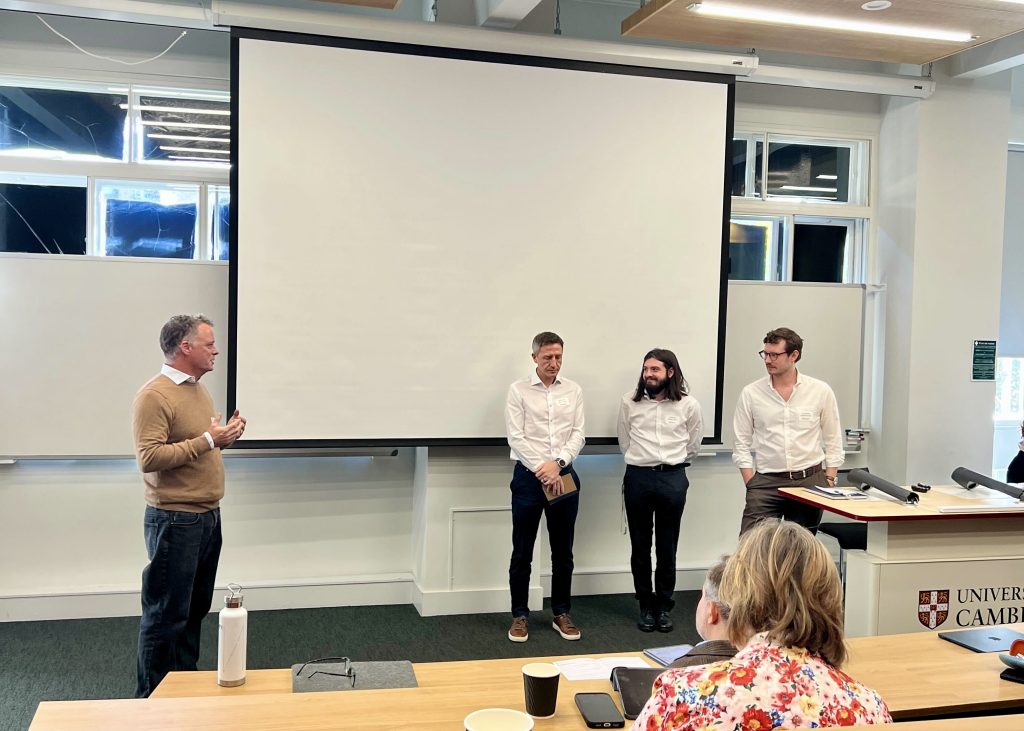
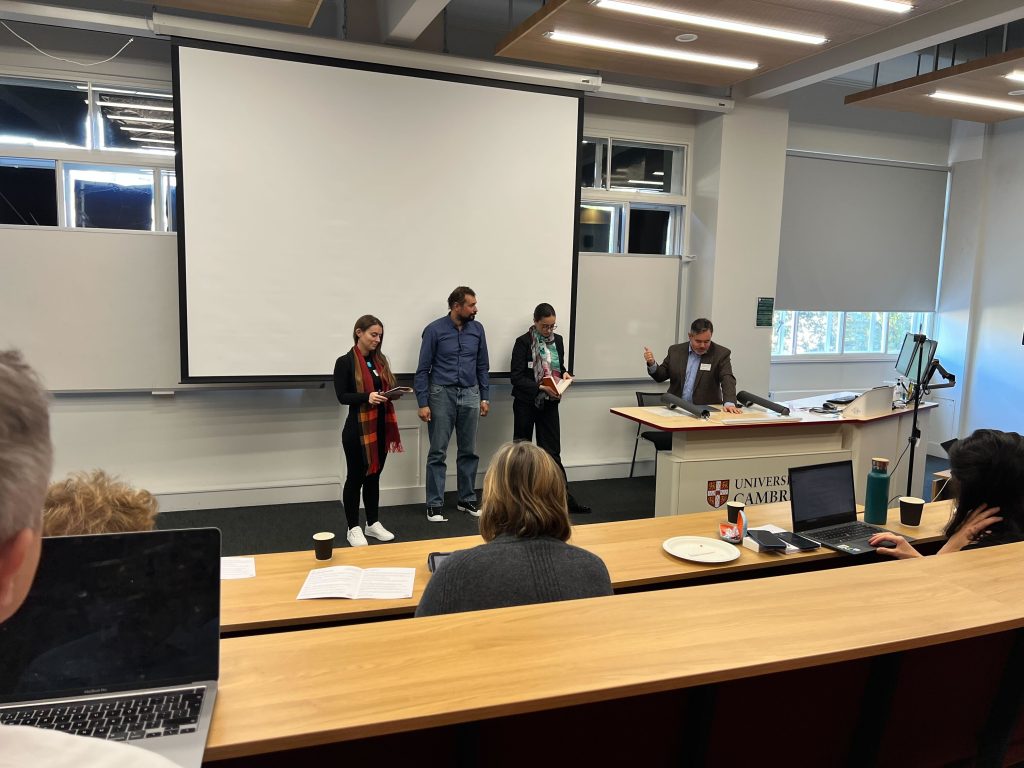
It was particularly exciting to hear from newer members of the Resource Efficiency Collective. Special recognition goes to Benjamin Adams, who delivered his first presentation as part of the group, speaking on supply chain modelling.
✨Thank you to everyone who helped organise this amazing day, we look forward to coming together again!✨
See a list of relevant publications below:
